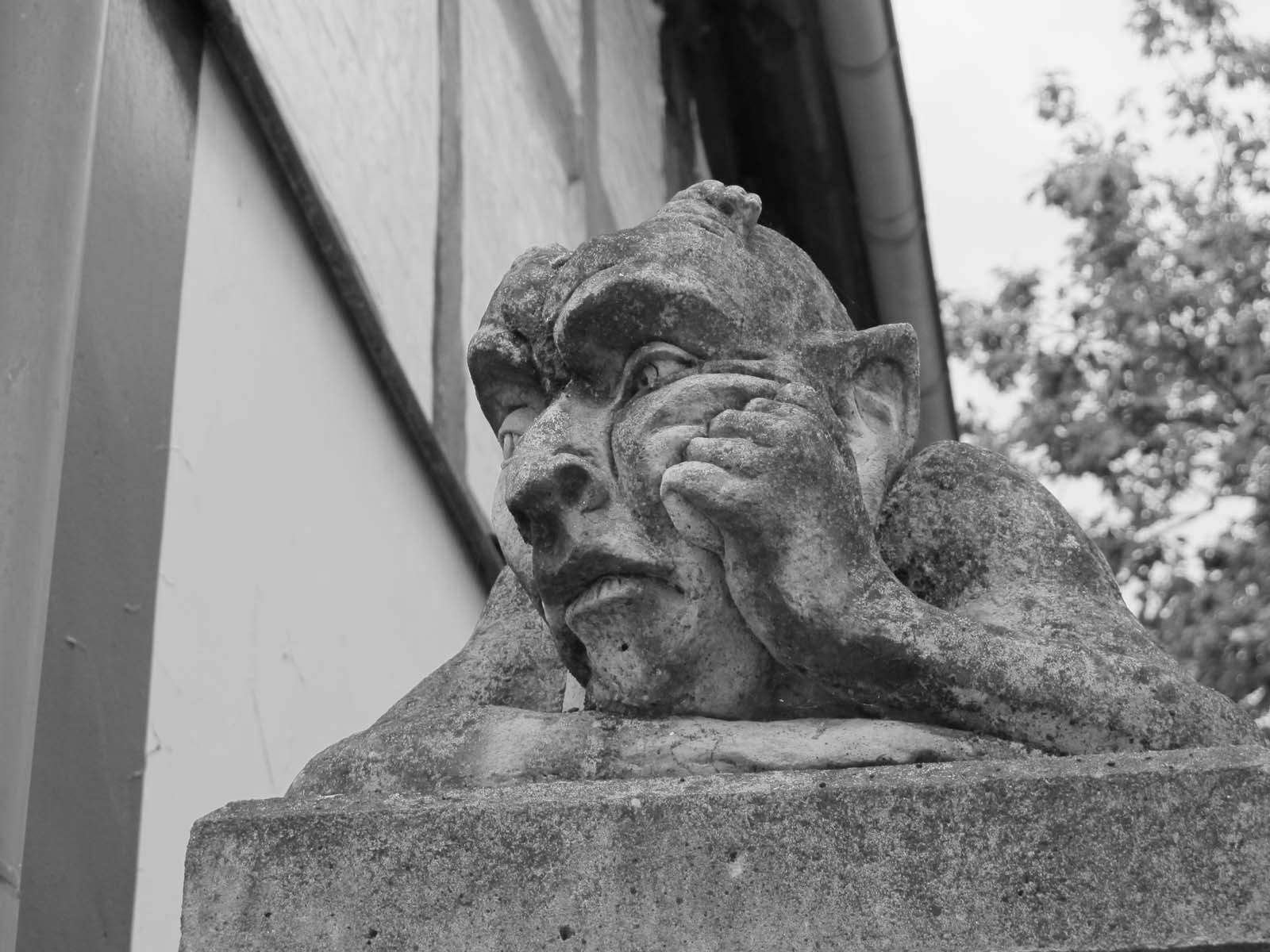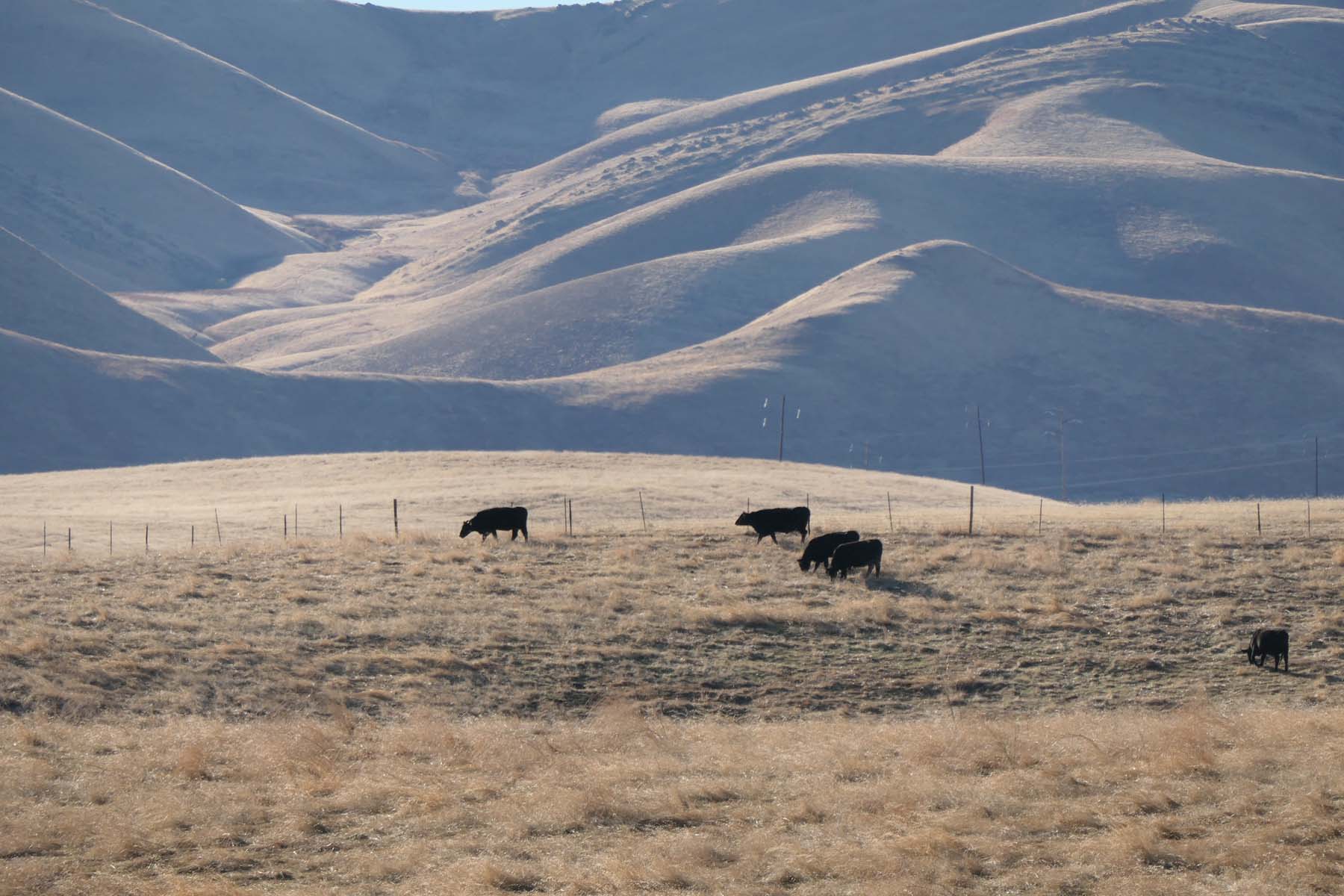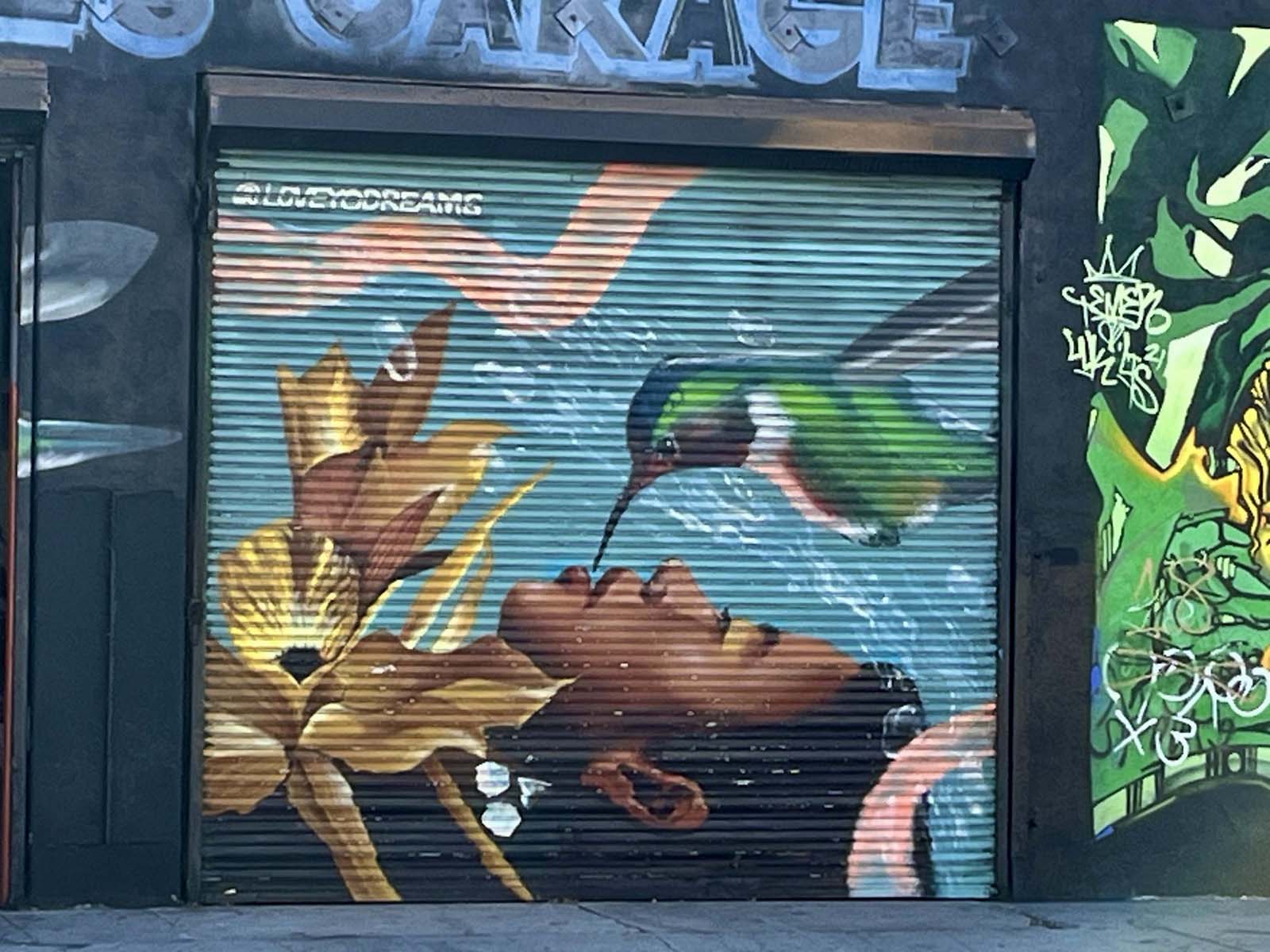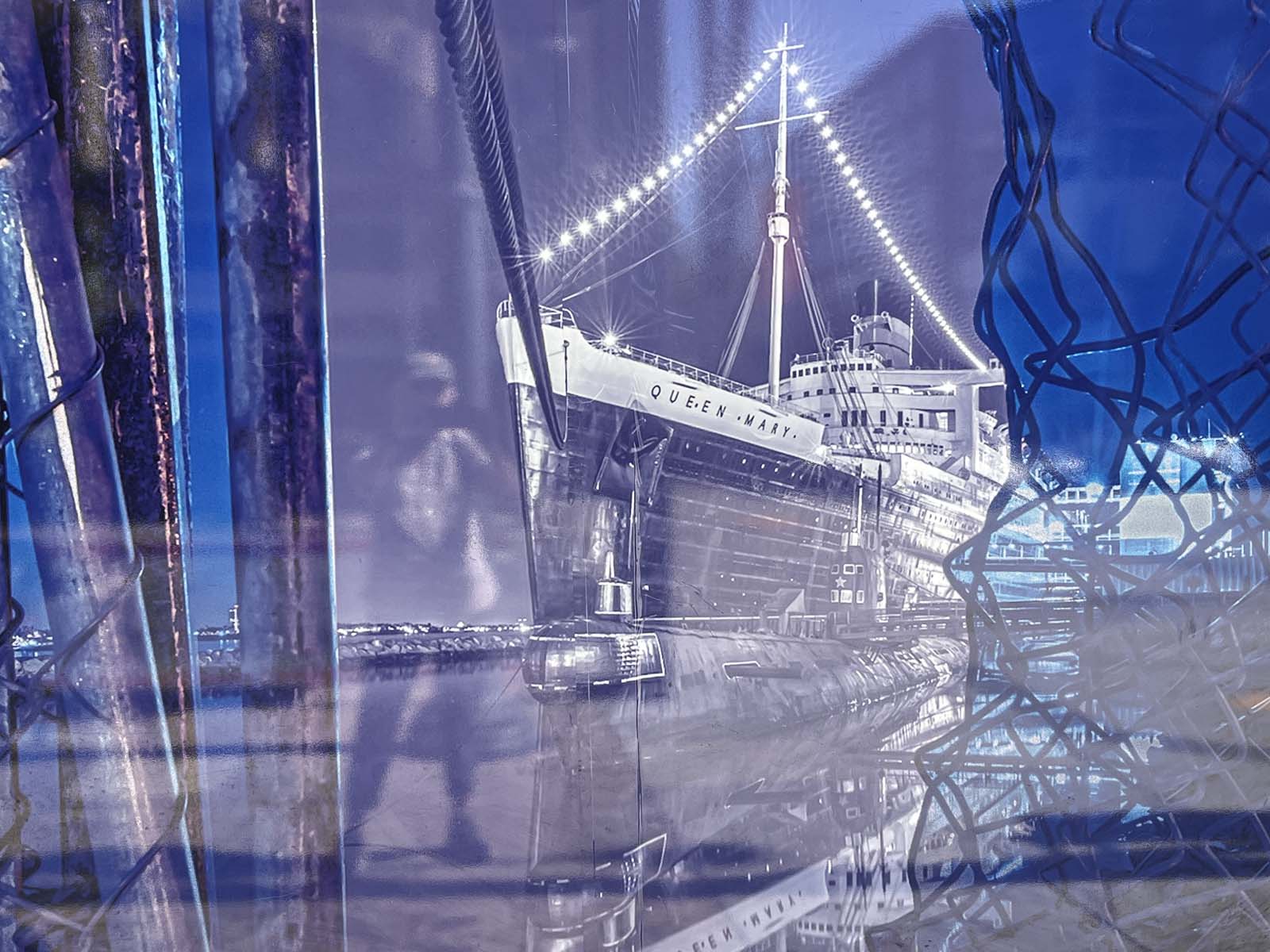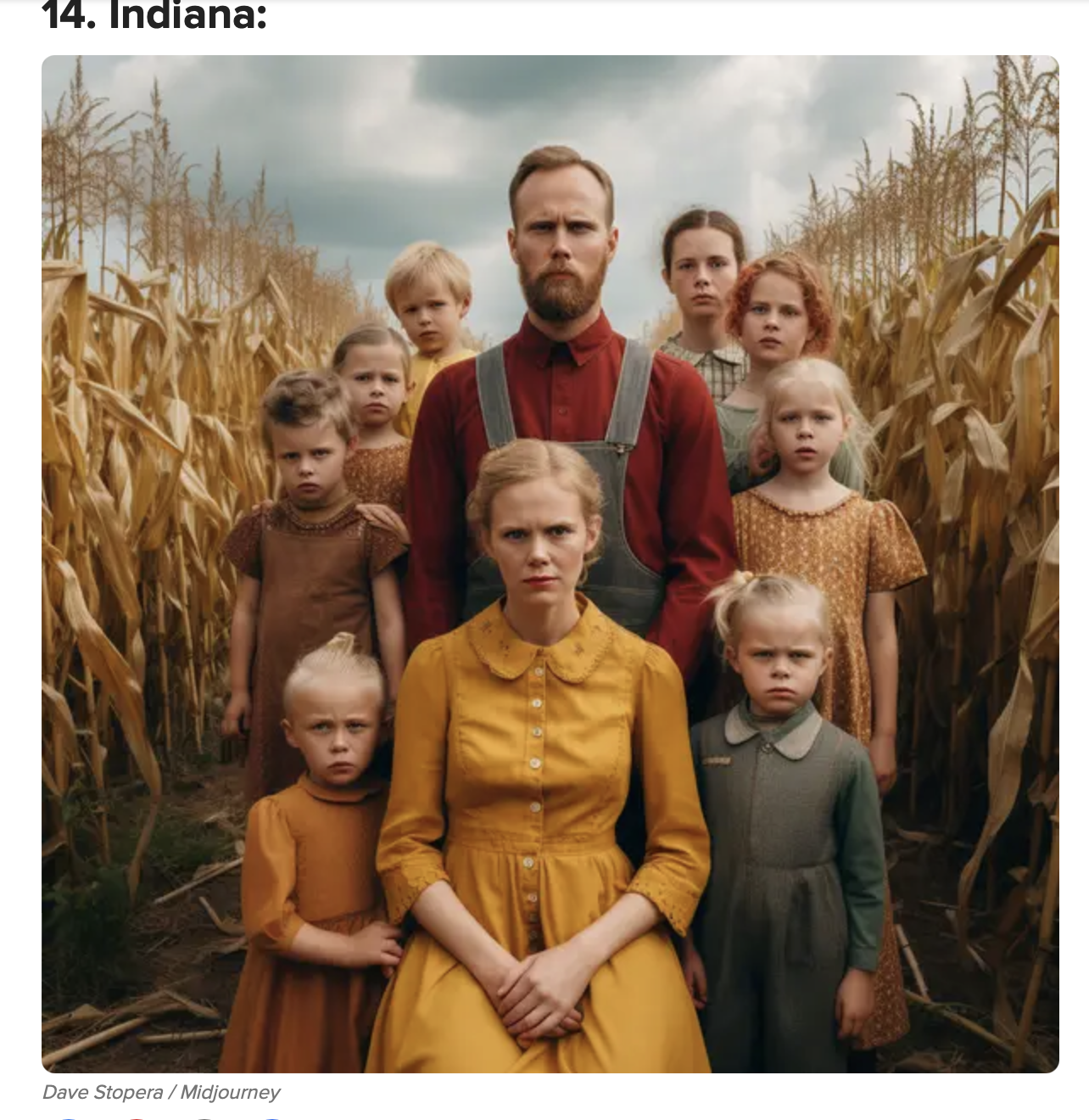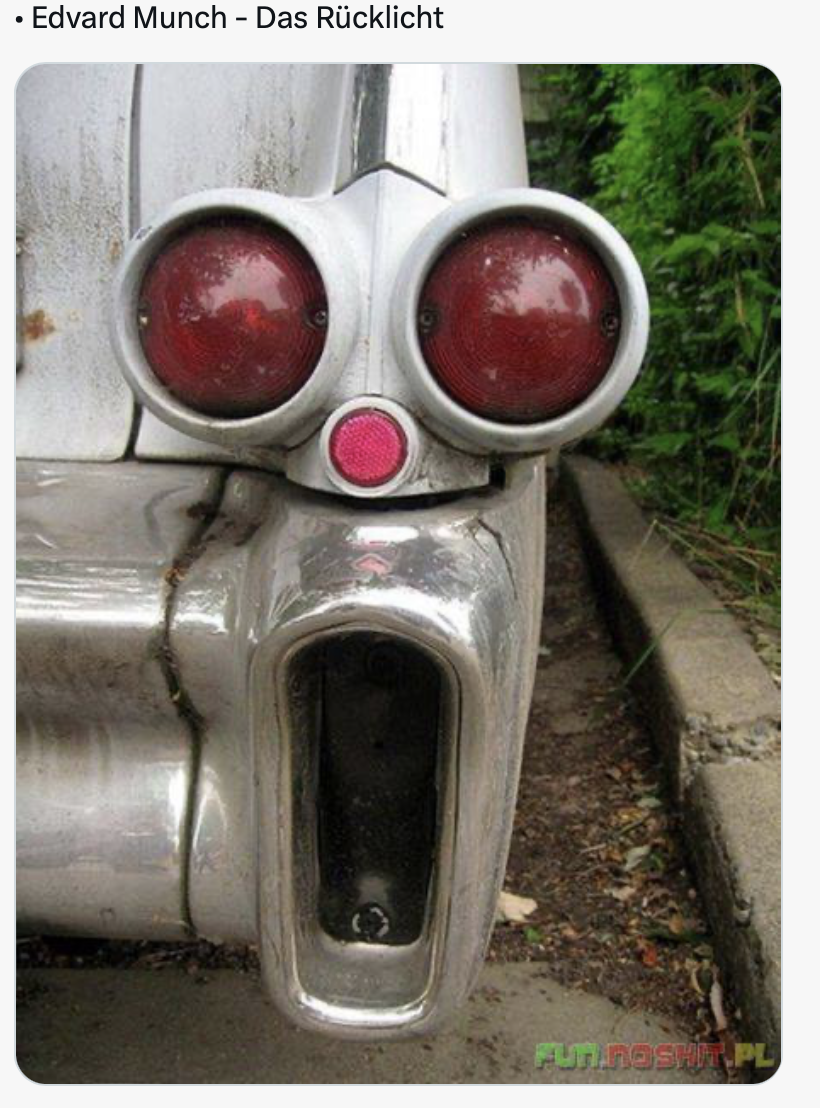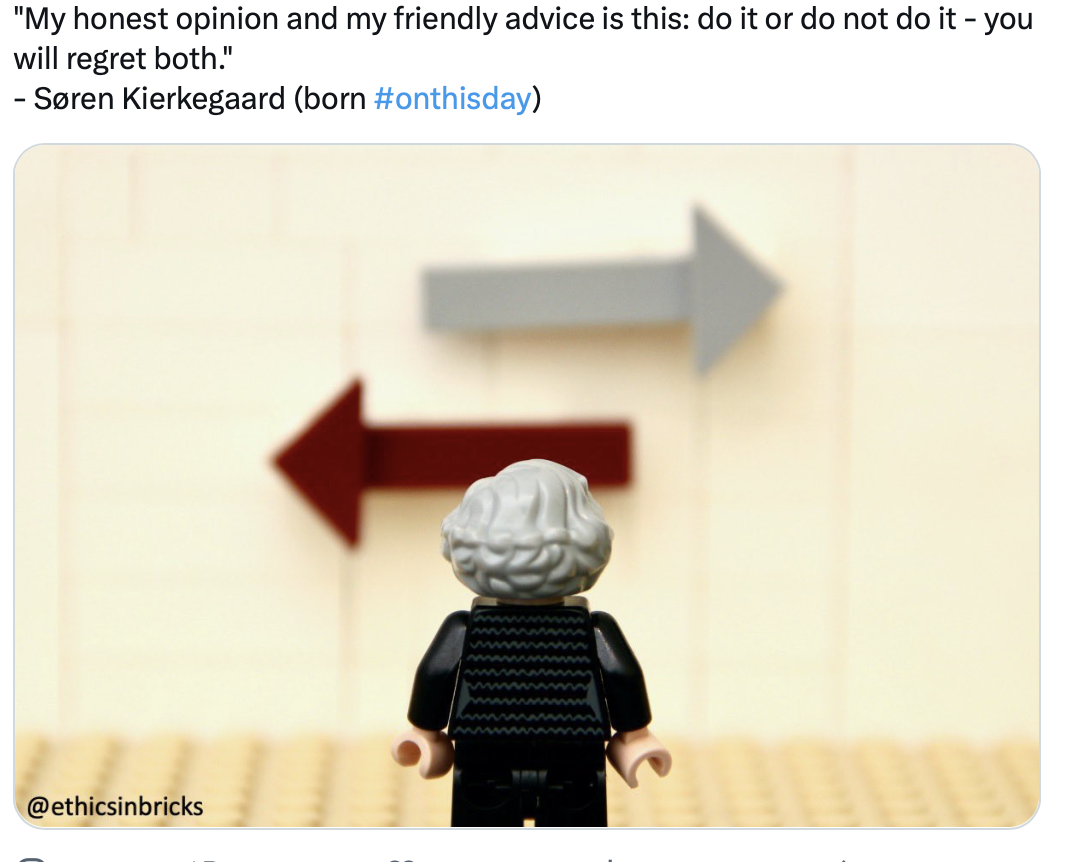“The time is out of joint; O cursed spite!/That ever I was born to set it right!” [I.V.211-2])” Shakespeare’s Hamlet after being visited by a ghost.
In the small rural village where I grew up, Martinmas was a big occasion. Celebrating the altruism of a religious figure, a knight who shared his bread and cut his velvet cape in half to help a freezing beggar, the catholic regions across Europe put up a big parade every mid-November. Dressed in our warmest clothes, we were allowed to line the streets to cheer on a fake St. Martin riding on a horse in the evening, a subsequent bonfire at the village’s edge with dramatic reenactment and dispersement of yeast dough baked into little bread men with dried currants for eyes and a clay pipe in their mouths. Have no idea why, but it is a detail stuck in memory.

It was exciting as well as eerie. Quite a few small kids were scared to death, between darkness and fire reflected in his silver helmet and a huge horse getting restless, neighing and bucking. It was also a time when the geese were butchered and prepared for a feast.




I was reminded of those occasions when listening to a song Geträumt hab ich vom Martinszug (I dreamt of the St. Martin’s Parade,) music by Katie Rich and Christian Schoppik, a pair of contemporary surrealist folklore musicians in Germany. Lately they have teamed up with another artist, Johannes Scholar, who is more known for his electroacoustic, ambient music, that combines electronic aesthetic and nostalgia for a lost future.


The trio performs as Freundliche Kreisel (Affable Spinning Tops, album in the link), mixing experimental and acoustic sounds with lyrics that could come from German Romanticism, fairy tales, mythology and plain folk song. Lots of ghosts, sinister scenarios and temporal disjunctions, on another compilation album, Specter Land, as well.

Obviously more accessible to German language speakers, but the feeling of the disquieting undertones, directly and indirectly hinted at in the words, are certainly conveyed when you listen to the music only. The female vocalist (intentionally?) sings like a child, projecting a halting naiveté and vulnerability, before she switches to urgent warnings. Wouldn’t exactly call it riveting music, but with repeat listening its unease gets under your skin, settling like an ear worm – the German word for a melody colonizing your brain – or like the talking ferret alluded to in the lyrics, that lives in the walls and becomes a haunting menace, perhaps a specter. Of interest.




In his 1993 book Specters of Marx, Jaques Derrida coined the term Hauntology in reference to Marx’ and Engels’ claim that “a specter is haunting Europe – the specter of communism.” Derrida’s concept embraced the idea of a return or persistence of elements from the social or cultural past, like a ghost, suggesting that Marxism haunted the Western world from beyond the grave. Hauntology has been applied to music as well, our culture’s affinity for a retro aesthetic and an emphasis on cultural memory found particularly in folk music.

For the musicians of Freundliche Kreisel it manifests, among others, in reverence to Friedrich Hölderlin (1770 – 1843) and Friedrich Alfred Schmid Noerr (1877 – 1969). Hölderlin was one of our finest lyrical poets who subsumed the form of classical Greek verse into the German language and tried to embrace a “spiritual renewal,” integrating Christian faith with the pantheon of Greek gods and all that implied. (He lived and died stricken with mental illness, no causality suggested, just a tragic figure.) Schmid Noerr also elevated the cultural contents of different systems, in particular Christianity’s effects on the Teutonic world. A philosopher and writer, he wove tales that bound historical figures to legend, the past forcibly infusing the present.










Despite his fervor for all things occult, mythical and Germanic, something he shared with the Nazi leadership of his time, he was active in the resistance and published, as late as 1939 and 1940 some radically anti-Nazi pamphlets and a draft of a new German constitution.



Which finally brings me to the specter I meant to write about from the get-go today, with your eyes presumably already glazing over: the return of social and cultural elements of the fascist past, a set of philosophical beliefs and linguistic usage that is reemerging into contemporary American and European discourse. A haunting presence.

Consider the historical situation in early 20th century Germany (I am summarizing a more detailed description from here, Eric Kurlander’s excellent book Hitler’s Monsters): modernity challenged traditional religious practices, with science and secularism progressing at a steady pace. The discarded spiritual worldview created a vacuum that was filled by new esoteric (and often science-hating) belief systems. Nazi leadership grafted onto these ideas of the supernatural, the occult, esoteric sciences and pagan religions. It allowed them to attract followers whose disenchantment in the wake of the industrialization of their world gave powerful incentive to cling to irrational ideas.


The content of these supernatural allusions were often racially tinged. Slavs were vampires, Jews were vermin, both trying to undermine the purity of German blood.
“The supernatural imaginary, which mixed science and occultism, history and mythology, also allowed Nazis to pick and choose the characteristics they would like to ascribe them to their enemy, comparing them to vampires, zombies, devils, and demons.”
Green light for dehumanization of those conveniently selected as out-groups that helped foster in-group cohesion among the electorate.




The rise of non-White races impelled people to adhere to a system of racial hierarchies, that assigned supremacy to White men and the history of Aryan or Nordic nations. Conspiracy theories to make sense of an increasingly complex world sprouted everywhere and were used by Nazi rhetoric for their emotional appeal.
“Firstly, the supernatural imaginary influenced Nazi geopolitical views, which manipulated archeology, folklore, and mythology for foreign policy purposes. Himmler and Rosenberg developed these arguments, based largely on folklore, mythology, and border science that for thousand of years the Nordic people were the dominant civilization in Europe and they had a right to reclaim that. Bad archeology, selective use of biology and anthropology, and mythology fueled a lot of ideas about the Eastern Europe and why Germans had a right, like the medieval Teutonic knights, to (re)conquer the East.” (Bolded by me.)
The steadfastly held belief that one group of people was elected to rule over others, biologically, historically and racially superior, helped set the ultimate catastrophe of fascism in motion. And that was before the advent of social media…here is a piece that lays out the implications of algorithms in shaping our understanding of realty.

I am including trees here because German oaks, birches, beeches and willows, as well as forests in general play such a major role in our mythology and fairy tales.







I don’t have to spell out, I presume, how this applies to our current situation. Am I seeing ghosts, drawing the devil on the wall? (The German idiom expresses that someone is being overly pessimistic or only focused on a worst-case scenario.)
You tell me. I certainly don’t seem to be the only one.

Photographs today of typical rural sights in Germany, from Lower Saxony, Saxony Anhalt, Schleswig Holstein and Hesse, with crumbling half-timbered houses offering refuge to all kinds of specters, ghosts and Poltergeists.

